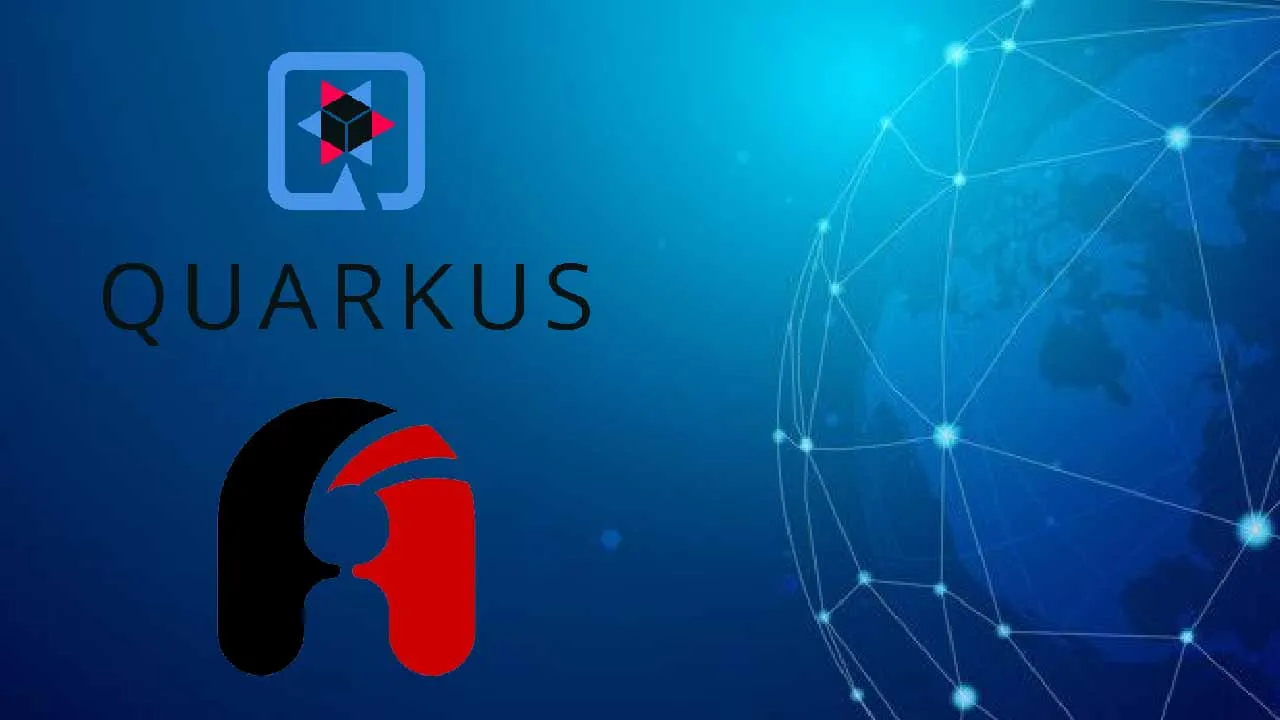Step-by-step tutorial to develop a simple microservice based in Quarkus integrated with an Apicurio Service registry as first step of an Event-Driven Architecture (EDA).
Most new cloud native applications and microservices designs are based in event-driven architecture (EDA) to respond to real-time information based on sending and receiving information about individual events. This kind of architecture is based on asynchronous non-blocking communication between event producers and consumers through an event streaming backbone, such as Apache Kafka running on top of Kubernetes. In these scenarios, where a large number of different events are managed, it is very important to define a governance model where each event could be defined as an API to allow producers and consumers to produce and consume checked and validated events. A Service Registry will help us.
From my field experience with many projects, I’ve found that the most typical landscape is based on the following well-know components:
- Strimzi to deploy Apache Kafka clusters as a streaming backbone.
- Apicurio Service Registry as a datastore for an events API.
- OpenShift Container Platform to deploy and run the different components.
- Quarkus as a framework to develop client applications.
- Avro as a data serialization system to declare schemas as an events API.
This article describes how easy it is to integrate your Quarkus applications with Apicurio Service Registry.```
#api #microservices #service registry
